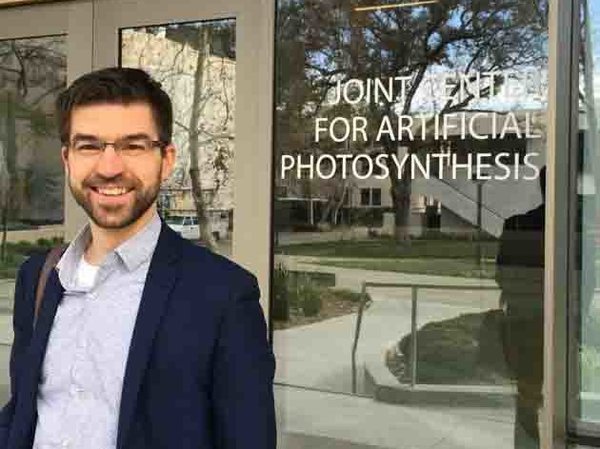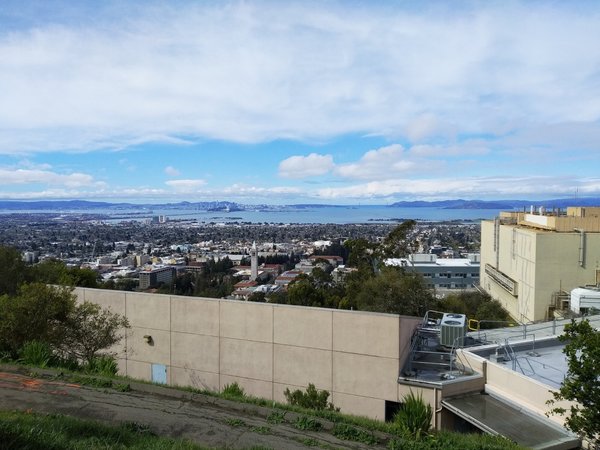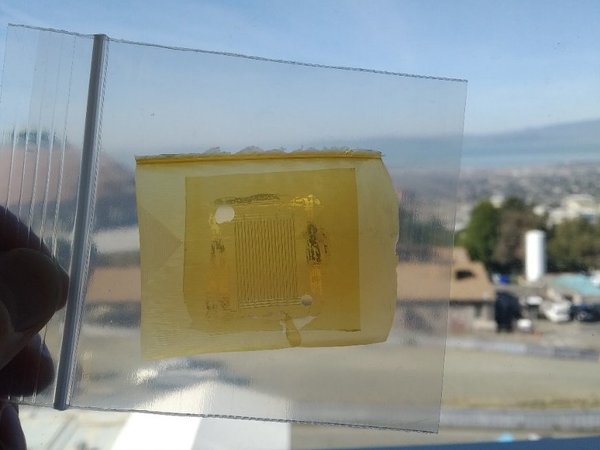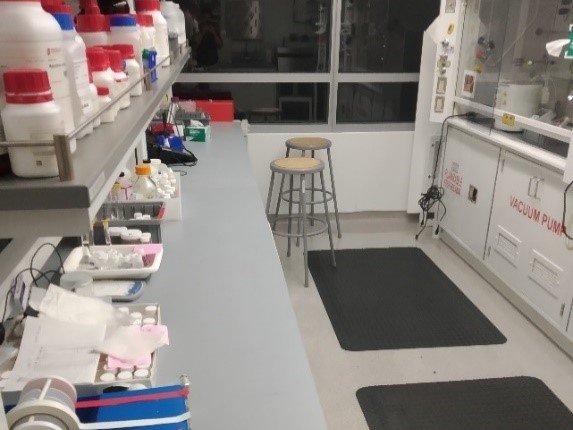Sabbatical visit to Berkeley Lab
by David Vermaas
“At other top universities, they do …” is a phrase you may have heard before. And even though TU Delft has been ranked high in the QS World ranking for Chemical Engineering (10th in 2019, 13th in 2020), and we can be happy with many things at TU Delft, it’s always good to have a look how things are being done at the other top universities. I visited the Joint Centre for Artificial Photosynthesis (JCAP) at the Berkeley Lab for a 6-month sabbatical from October to March. If you’re interested, you can read here about my experiences.
I got the opportunity to do a sabbatical visit as part of my tenure track, stimulated by the department head and section head. Although it was pretty early in my career for a sabbatical (4th year TT), this was actually perfect timing for both work and private life: my research group was still small at the time of leaving, and kids are not at school-age yet. During the whole process of arranging the sabbatical, I came across that there are actually guidelines for sabbatical visits (e.g. researchers may go on a sabbatical once per 7 year), but after all everything is subject to custom arrangements. Feel free to contact me for tips if you want to arrange your own sabbatical.
The Berkeley Lab (or actually, the Lawrence Berkeley National Lab) is one of the National Labs in US, and is closely operating with University of California Berkeley. Together, they have a rich history, with 107 Nobel prize laureates and the discovery of 16 elements of the periodic table, thanks to the first cyclotron being invented at Berkeley. A year before, I visited several universities in California for orientation, and Berkeley seemed to have the best environment for me, with an inspiring and large pool of researchers in the field of applied electrochemistry, membrane technology and CO2 utilization. The Berkeley Lab collaborates with Caltech and Stanford in the JCAP institute. Adam Weber, leading a group on electrochemical energy conversion, could host me at JCAP/Berkeley.
Many people have asked me what I did and what I’ve learned during my visit. The brief version is that I’ve been watching and learning how other people lead a group, teach, run a lab, collaborate, work out new ideas, etc. To do so, I’ve been doing experiments and simulations myself at the Berkeley lab, and taken the opportunity to present and discuss the work from TU Delft at different universities in California. I realize that this description may sound vague, and it also took me a couple of months to find a good mode of how a productive sabbatical visit can be achieved. Maybe I learned mostly how to do a sabbatical. Taking time to read, talk and watch, and above all: just taking the initiative to start something. I realized that many of these “sabbatical tasks” can be done from TU Delft as well, both by visiting other one’s group meetings and lectures, or reaching out to other universities (I still have regular online meetings with people in Berkeley). I can encourage everyone to reserve time doing this periodically, even from home, especially in this corona-time.
BTW, in addition to being involved of a new scientific community, I won’t forget the personal experience of living abroad for a while. The choice for California, and timing this sabbatical in winter, was no coincident, and worked out pretty well. The Berkeley Lab, situated at a steep hill, can enjoy a beautiful view on San Francisco and the Golden Gate Bridge. The quiet town, beautiful nature of California and a 80% chance for sun every day, makes living in Berkeley hard to beat (for people that consider moving out from TU Delft: it’s also crazy expensive!).
Altogether, I’m glad that I got the opportunity to be hosted in another world-leading research environment for a while, and I hope to stay inspired for taking the time to exchange thoughts on supervising and creating new ideas. My door is always open for that.
Cheers, David



